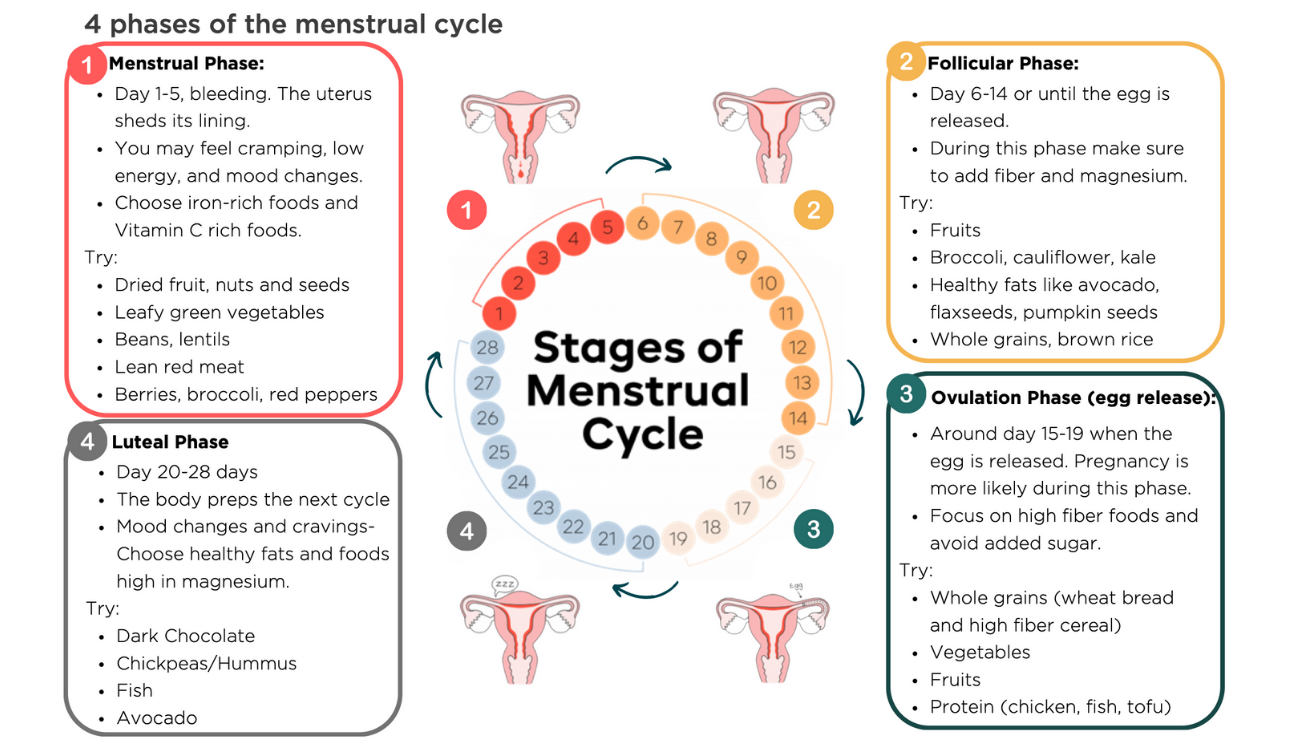It’s the season to get some extra Vitamin D with time spent outside in the sunshine! That being said, we know some people start feeling anxious about this time of year when thinking about “showing more skin”. So this blog post is about Body Positivity, and what exactly that means.
Body image is the thoughts, feelings, attitudes and beliefs we have about our bodies and how we look. Our views are often formed by our families, friends, communities, and media (like TV, magazines, Instagram and TikTok). People with negative body image are more likely to experience depression, anxiety, poor self-esteem, social isolation and avoid seeking medical care.
Body positivity encourages people to love the body they have now, without worrying about body standards. It encourages people to feel beautiful and love their bodies regardless of shape, size, color, gender, or ability.
Body neutrality can be helpful if it feels difficult to love your body. This allows for an appreciation and acceptance of what our body can do, regardless of how it looks. Body acceptance allows individuals to acknowledge that there may be things they feel conflicted about or don’t always love, and at the same time promotes the importance of respect and care for bodies no matter what.
When concerns about your body and appearance come first, you often end up putting your mental health second.
Reframe how you talk to yourself to protect your-peace of mind with these strategies:
- Practice gratitude for what your body does for you daily. For example “I’m grateful my legs allow me to walk my dog” or “I love that my arms let me hug my kids”.
- Curate your social media by following accounts that feel supportive and inclusive of bodies like yours. When you are scrolling what makes you feel good or bad? Unfollow or mute accounts that bring any negativity.
- Connect with your body by doing activities that you enjoy (like dancing, biking, yoga, frisbee). Pamper yourself and eat in a way that nourishes your body while still allowing for pleasure and joy from food.
- Engage in positive affirmations to combat negativity. Try: “My body works hard and deserves kindness”, “I am proud of my body and myself”, “I am worthy, confident and strong” or come up with your own!
- Ditch diet culture which often values weight, shape, and size over health and well-being. Diets often sell the idea that there is an ‘ideal’ body shape and size, and that achieving this is the key to happiness. Instead focus on health goals that are not tied to your physical appearance.
- Make yourself comfortable by choosing clothes that fit well and make you feel good in your body.
- Cut out negative self-talk. When you feel yourself being critical of your body, ask yourself “Would I talk this way to my best friend?” and treat yourself with that same respect and compassion.
- Know your worth – you are so much more than how you look! Create a list of people you admire who have contributed to your life, your community or the world – was their value to society based on their appearance? Nope!
Remember that bad days are normal and okay – We won’t feel great about our bodies every single day. Try to work through these sticky feelings by accepting them. Try self-talk: “I’m not feeling good about myself today. But I know I am worthy. I know I’m a great friend/partner, and that’s based on me, not on what I look like”. Your body’s appearance doesn’t determine your worth!

